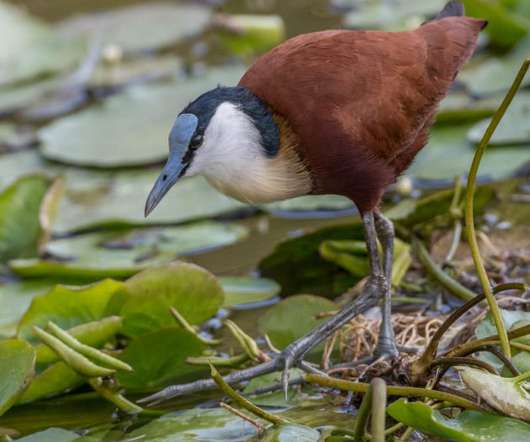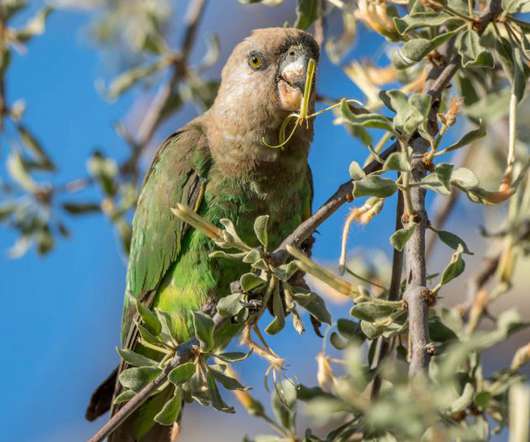Birding the Kruger Park (4): Letaba area
10,000 Birds
AUGUST 22, 2022
While hoopoes are in their own family, DNA studies suggest that the hoopoe diverged from hornbills, and the wood-hoopoes and scimitarbills from the hoopoe. However, it is kind of sophisticated in that the females lay very individualized eggs in order to be able to detect the added eggs of parasite cuckoo finches.












Let's personalize your content